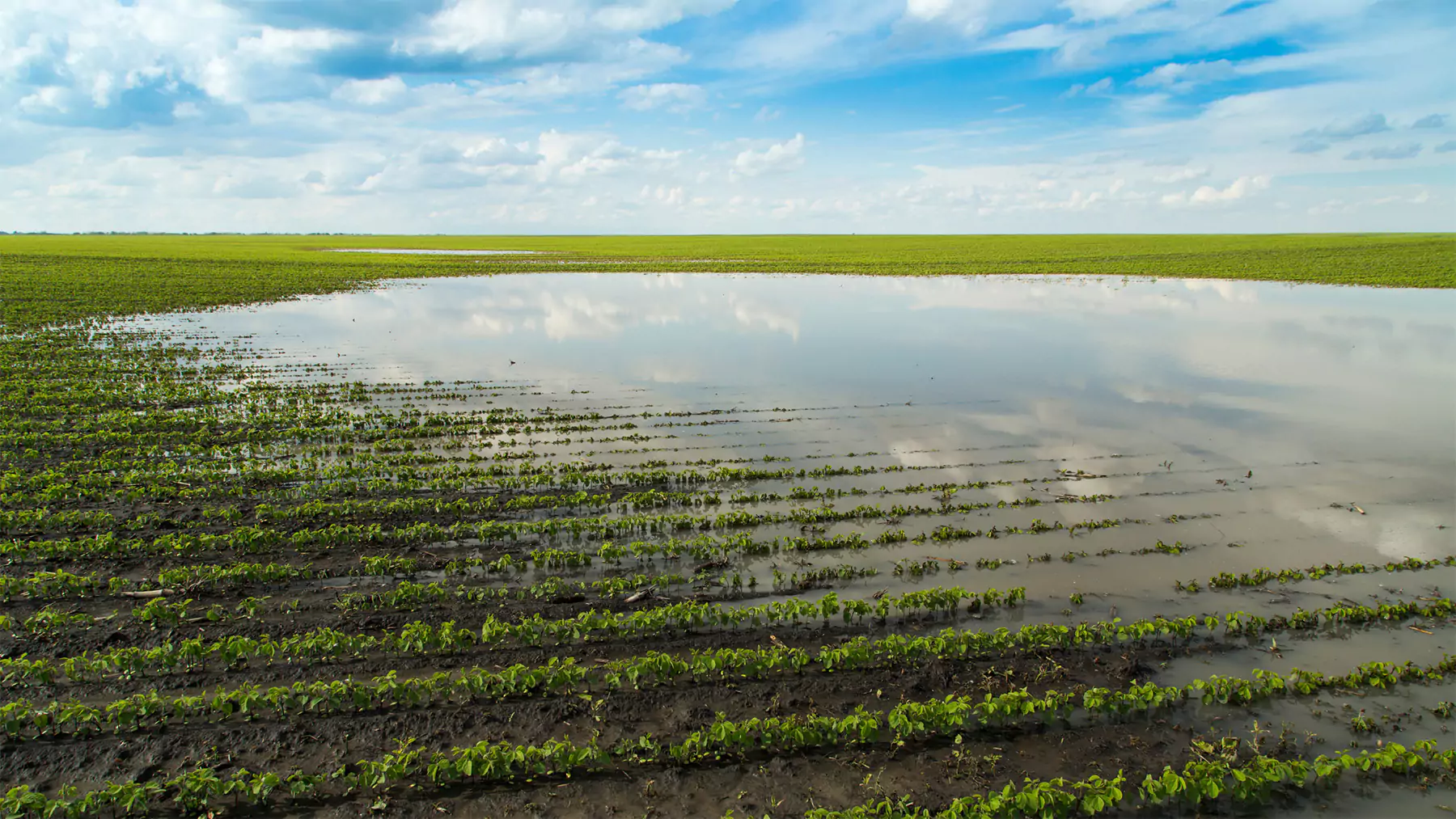How Farms Can Tackle 2025’s Financial Challenges

Authored by: Kevin Block—Partner, CPA
Can farmers truly capitalize on projected gains, or will the year’s challenges outweigh them?
Profitability hinges on farmers’ ability to address rising costs, weather volatility, and market fluctuations. Though net farm income is projected to increase, strategic financial planning, technology adoption, and resilience are essential for success in a changing world.
Understanding the Challenges: Farm Incomes and Profitability Pressures
Optimistic Projections vs. Market Realities
The USDA forecasts a significant increase in net farm income for 2025, projecting it to reach $180.1 billion—a 29.5% rise from 2024. However, much of this growth stems from increased government payments rather than improved market conditions. Cash receipts from commodity sales are expected to remain stable, highlighting persistent market challenges. Farmers must remain vigilant in managing costs and optimizing revenue streams to sustain profitability.
Rising Production Expenses
Despite the anticipated income boost, production costs continue to strain farm budgets. While expenses declined by 4.3% in 2024, they are expected to decrease by only 2.9% in 2025, an insufficient drop to offset high input prices. Costs for seeds, fertilizers, machinery, and fuel remain elevated, making efficient financial planning crucial for maintaining profitability.
Unpredictable Weather Patterns
Weather remains a wildcard for agricultural productivity. The weakening of La Niña conditions and the shift toward an ENSO-neutral pattern were expected to stabilize conditions, but regional anomalies persist. Dryness in the central and southern Plains threatens crop yields, while extreme weather events like floods and droughts continue to disrupt planting and supply chains. These uncertainties reinforce the need for climate-resilient farming strategies.

Price Volatility and Global Trade Policies
Global trade dynamics are another critical factor. Recent tariff adjustments on imported agricultural products have raised concerns about potential trade disputes, which could impact both export opportunities and input costs for farmers. Staying informed about policy changes and market trends is key to managing price volatility and making timely business decisions.
Key Strategies for Strengthening Farm Profitability in 2025
Building Financial Resilience
- Develop Comprehensive Budgets: A detailed financial plan that accounts for all income sources and expenses enables better decision-making.
- Implement Cost-Saving Measures: Farmers can reduce expenses by adopting energy-efficient technologies, negotiating better supplier contracts, and optimizing input usage.
- Monitor Financial Performance: Regularly reviewing key financial metrics can help identify areas for improvement and adjust strategies accordingly.
Incorporating Technological Advancements
- Adopt Precision Agriculture: Utilizing GPS-guided equipment, soil sensors, and variable-rate application technology can improve efficiency and reduce waste.
- Explore Resilient Crop Varieties: Shorter corn hybrids and other climate-adaptive crops can improve yield stability, even in uncertain weather conditions.
Diversification and Value-Adding
- Expand Income Streams: Introducing new crops or livestock can help reduce risks associated with market fluctuations.
- Develop Value-Added Products: Agritourism, direct-to-consumer sales, and specialty crop production can provide additional revenue opportunities.
Risk Management and Resilience
- Utilize Risk Management Tools: Crop insurance, futures contracts, and diversified revenue streams can help safeguard against unforeseen events.
- Invest in Infrastructure Improvements: Better drainage, irrigation systems, and conversation practices can enhance resilience against extreme weather conditions.
Conclusion
As 2025 unfolds, the ag industry faces plenty of challenges but also new opportunities for growth. By tightening up your financial strategies, exploring new technologies, and building resilience against unpredictable weather and market shifts, you can set your farm or business up for success. MBE CPAs is here to help you every step of the way. Whether it’s improving your bottom line, planning for the future, or tackling any unexpected hurdles, lean on our years of knowledge in the field to help guide you.
